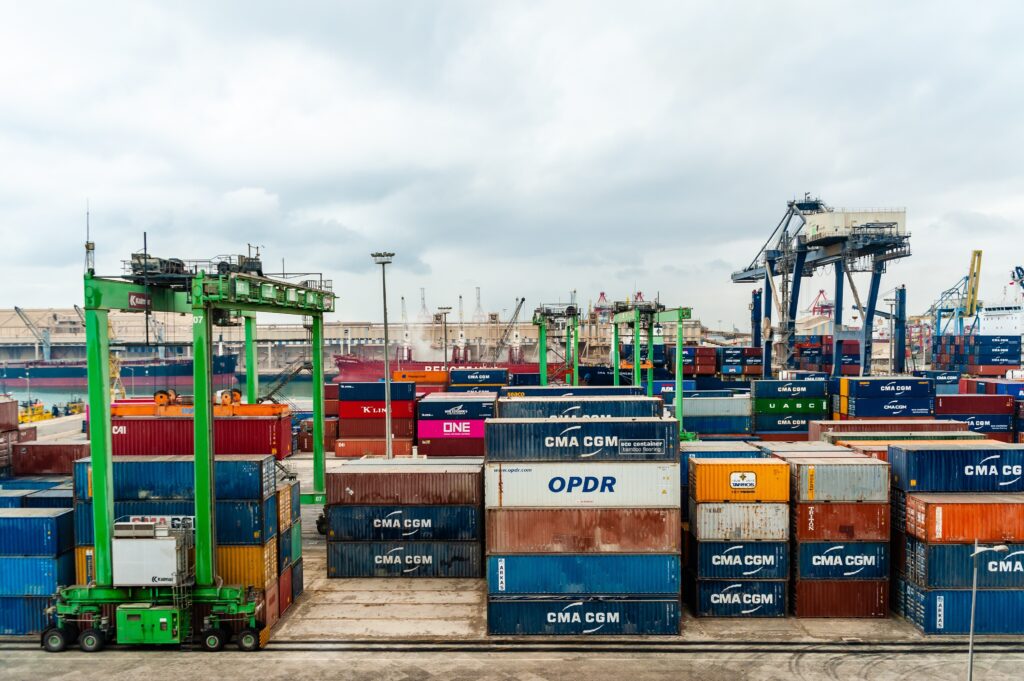How the fire at Heathrow airport should be a wake up call to every Port Facility Security Officer

The recent fire at the North Hyde electrical substation near Heathrow Airport, which led to a significant power outage and the cancellation of over 1,300 flights, serves as a stark reminder of the vulnerabilities inherent in critical infrastructure. This incident not only disrupted air travel but also highlighted the cascading effects such events can have on interconnected systems. For maritime port facilities, understanding and mitigating similar risks are paramount to ensuring operational continuity and security.
On March 20, 2025, a catastrophic fire erupted at the North Hyde electrical substation in Hayes, West London. The blaze, reportedly ignited by a mishandling of 25,000 liters of cooling oil, led to multiple explosions and extensive damage. Emergency services, including 70 firefighters, battled the fire for over 12 hours to bring it under control. The incident resulted in a massive power outage, compelling Heathrow Airport to shut down operations, affecting nearly 300,000 passengers and leading to widespread disruptions in air travel.
Relevance to Maritime Port Security
Ports, much like airports, are critical nodes in global trade and transportation networks. They rely heavily on uninterrupted power supplies to maintain operations such as cargo handling, security systems, and communication networks. A similar incident at or near a maritime port could have devastating consequences, including operational shutdowns, economic losses, and security breaches. The Heathrow incident underscores the importance of assessing and fortifying the resilience of port infrastructure against such vulnerabilities.
Role of the Port Facility Security Officer (PFSO)
Under the International Ship and Port Facility Security (ISPS) Code, the Port Facility Security Officer (PFSO) plays a crucial role in ensuring the security of port facilities. The PFSO is responsible for developing, implementing, and maintaining the Port Facility Security Plan (PFSP), which addresses potential threats and outlines procedures to mitigate risks. The Heathrow substation fire highlights several key areas where a PFSO’s vigilance is essential:
-
Risk Assessment and Management: The PFSO must conduct comprehensive security assessments to identify vulnerabilities, including dependencies on external infrastructure such as power substations. Understanding these interdependencies allows for the development of contingency plans to address potential disruptions.
-
Emergency Preparedness: Establishing protocols for emergency situations, such as power outages, ensures that port operations can continue or resume swiftly. This includes having backup power systems, clear communication channels, and coordination with local emergency services.
-
Stakeholder Coordination: The PFSO must liaise with utility providers, local authorities, and other stakeholders to ensure a unified response to incidents affecting port operations. Regular drills and information sharing enhance the port’s resilience to unforeseen events.
Port Security Theory and the ISPS Code
The ISPS Code, established by the International Maritime Organization (IMO) in response to security threats, provides a standardized framework for assessing and managing risks in the maritime sector. Its primary objectives include:
-
Establishing an International Framework: The ISPS Code promotes cooperation among governments, agencies, and the maritime industry to detect and deter security threats.
-
Defining Roles and Responsibilities: It clarifies the duties of all parties involved in maritime security, ensuring a coordinated approach to threat mitigation.
-
Ensuring Effective Information Sharing: Timely dissemination of security-related information is crucial for proactive threat management.
-
Implementing Security Measures: The code mandates the development of security plans and procedures tailored to varying security levels, ensuring appropriate responses to different threat scenarios.
The Heathrow incident underscores the need for ports to incorporate these principles into their security strategies, particularly concerning infrastructure vulnerabilities.
Lessons Learned and Recommendations
-
Infrastructure Resilience: Ports should evaluate their reliance on external utilities and consider investing in redundant systems to maintain operations during disruptions.
-
Comprehensive Security Plans: The PFSP should address a wide range of scenarios, including those arising from external infrastructure failures, ensuring a holistic approach to security.
-
Regular Training and Drills: Conducting frequent exercises prepares port personnel to respond effectively to emergencies, minimizing operational downtime and enhancing safety.
-
Collaboration with External Entities: Engaging with utility providers and local authorities fosters a collaborative environment for addressing potential threats and ensures a coordinated response during incidents.
Conclusion
The fire at the North Hyde electrical substation serves as a critical reminder of the vulnerabilities that can disrupt major transportation hubs. For maritime ports, this incident highlights the importance of proactive risk management, infrastructure resilience, and the pivotal role of the PFSO in safeguarding operations. By adhering to the principles of the ISPS Code and learning from such events, ports can enhance their security posture and ensure the continuity of global trade.